We combined these DCEs with the 256 DCEs from data taken in Campaign F. The resulting dataset contains some 320 DCEs from FIVE separate sky regions, allowing for a combined Campaign F and G Superflat.
Results
The 24micron Flatfield observed in Campaigns F and G by combining the 320DCEs obtained observing five regions of the sky is shown in Figure1. Figure2 shows histograms of the DN/s of the normalized flatfields for the combined 320DCEs. Statistics on the image provides the following:
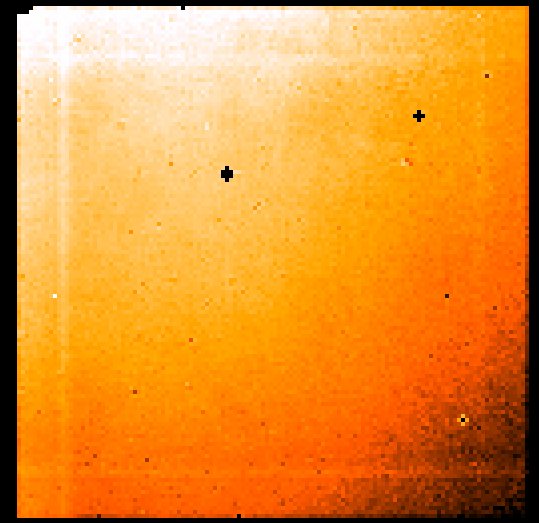
24micron Flatfield - COMBINED: Number DCEs= 320; mean= 0.9943; median= 1.0000; mode=1.0111; sdtdev= 0.0514; skew= -0.3645;
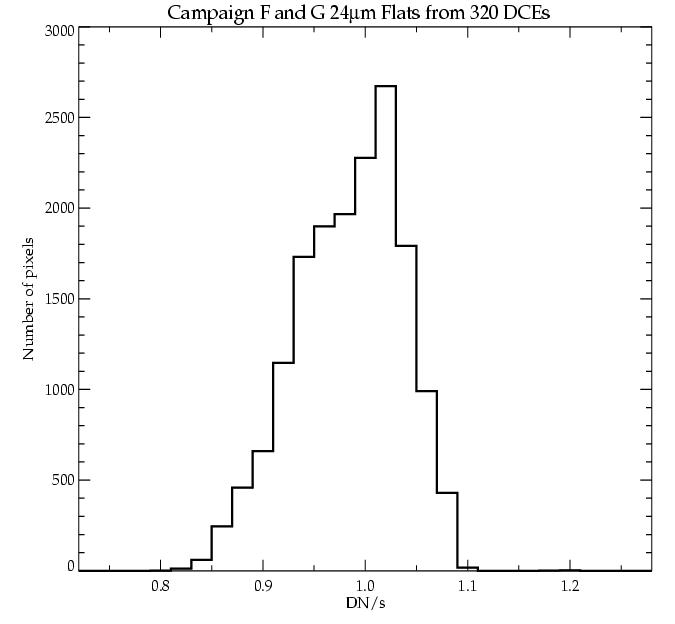
Another way to assess the quality of the observed flatfield is to do differential photometry of stars observed on different positions on the array. We used 24micron Photometric Standard Data (MIPS-920) observations of the star HD159330. In this AOR, the position of the calibration star shifts around the array, as illustrated in Figure3. We have executed mips_caler on the AOR for MIPS-920 for campaign G (AORKEY 6945792) using the Campaign F+G superflat. We used IRAF to perform photometry on all the individual DCEs observed as part of MIPS-920. The photometry was obtained through a number an apertures with radii of 6 pixel (past the first Airy disk). The background was measured from an annulus with a radius of 10 pixels and a width of 3pixels. The results of the photometry are presented in Figure4. The mean and standard deviation of the counts in this aperture for this star at 24um are: mean= 68575.7 DN/s; STDDEV= 1024.6. Therefore, the photometry varies by 1.5 percent over the array with this flatfield.
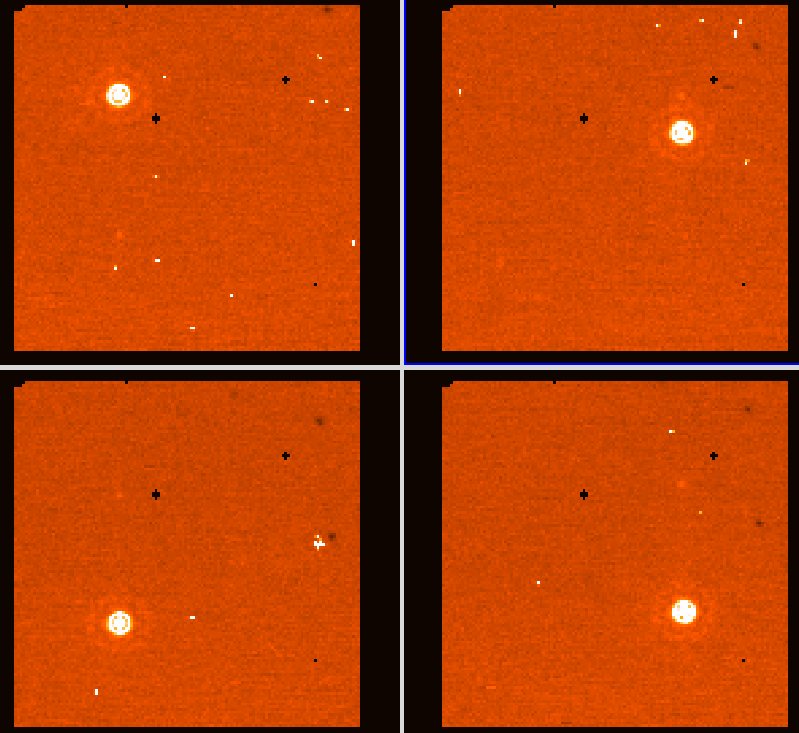

To check photometric accuracy as a function of array position, Figures5 and 6 plot the measured photometry as a function of the x- and y-pixel coordinate of the centroid of the standard star. While these seems to be little variation in photometry with x-pixel coordinate, there is a slight gradient in the photometry with y-pixel coordinate. The change is roughly delta[ log(DN/s) ] / delta(y) = -0.00024, which mutliplied by 128 pixels corresponds to a change of 0.03 dex in DN/s over the whole array. Interestingly, the y-direction corresponds to the direction of scan mirror position changes. Figure7 shows the photometry as a function of scan mirror position (as recorded in the CSM_PRED header keyword for each DCE). The gradient in photometry appears to have a linear relation with scan mirror position, where delta( log[DN/s] ) / delta(y) = 5.1e-5. Future tests of the photometric accuracy using individual flat-fields for each scan-mirror position are planned, and will be reported in IOC meta-task 2010 (tracking Flat measurements).
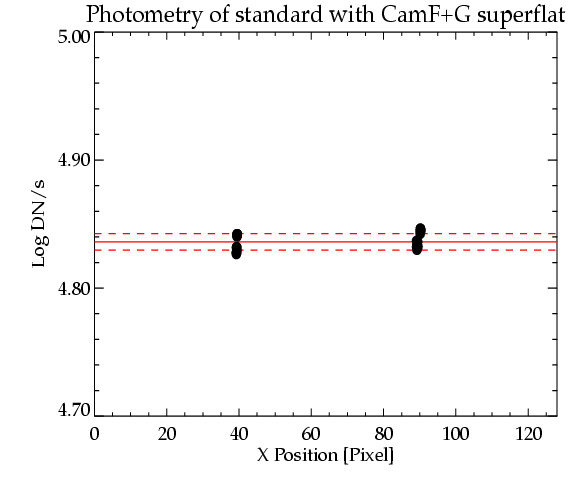
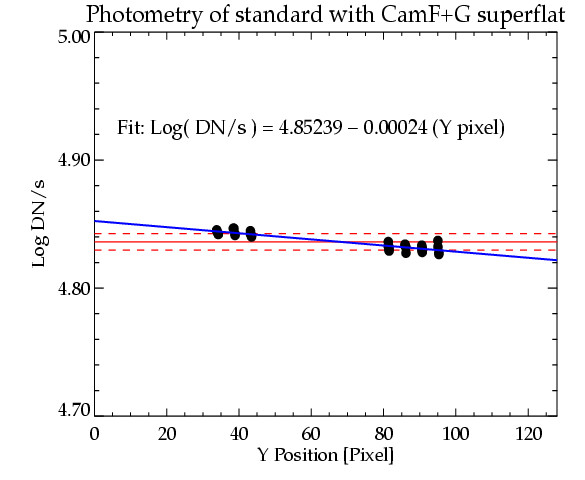
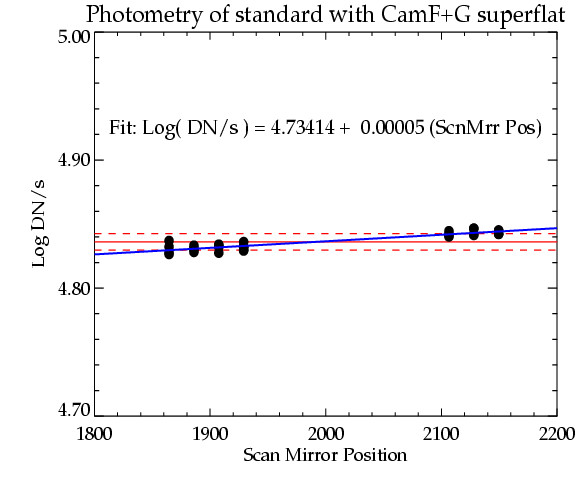
Conclusions
We have constructed 24micron Flatfields obtained in PHOTOMETRY mode. In campaing F we obseved four different regions of the sky and constructed a flatfield using all 256 DCEs. The standard deviation of the 24micron Flatfield over the entire array is approximately 5%, but this statistics includes the illumination pattern of the 24micron array (see Analysis writeup of Flat Fields mips-917 for Campaign D2). Comparing photometry of the standard star HD159330 at various positions across the array, we find that the photometry varies by 1.5 percent. This is consistent with the analysis of mips 917 in Campaign D2). The variation in photometry appears to correspond along y-pixel coordinate values, and corresponds to changes in the scan-mirror position. Future tests are planned to track the photometric accuracy with scan-mirror-dependent flat fields.
Output and Deliverable Products
24micron Flatfield to be used to reduce data obtained in campaigns F and G.
Actions Following Analysis